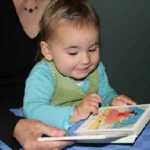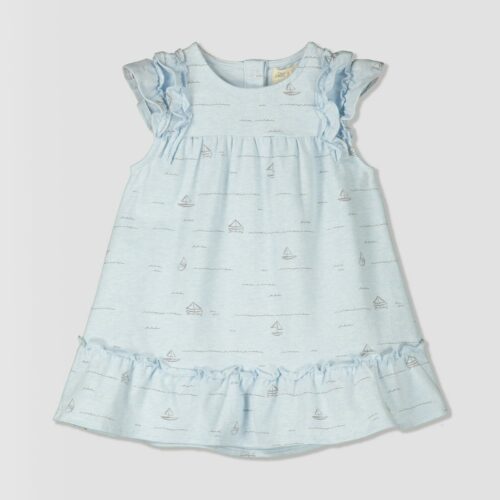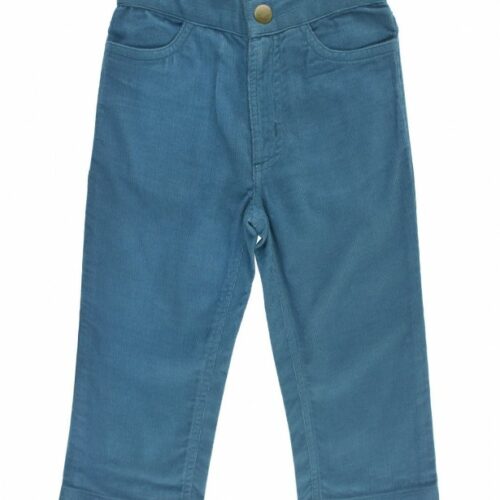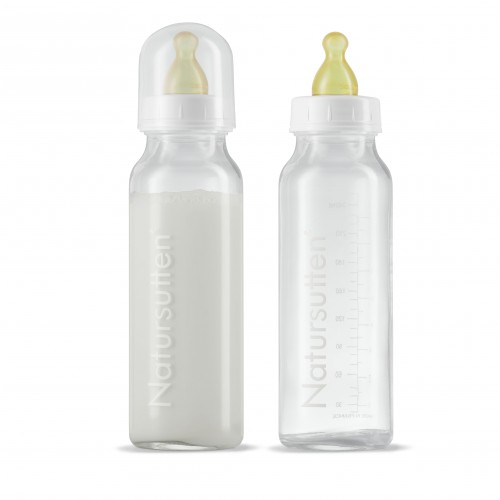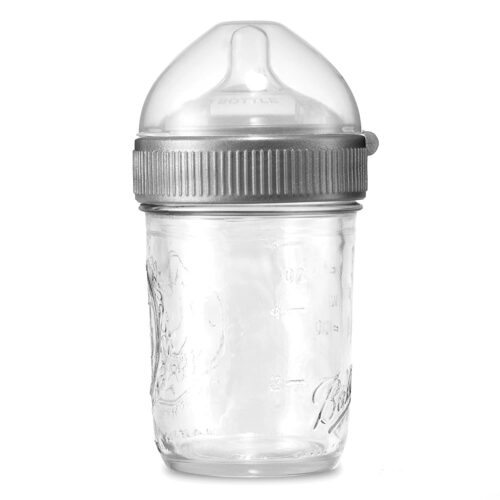In the not too distant past, the American father paced the maternity waiting area while his wife labored – conducting the business of childbearing alone. Once home with the new baby, the scenario remained basically the same; the wife continued to assume the primary responsibilities for childrearing. But fathering is no longer a spectator sport -the image of the detached, disengaged father has all but disappeared, and with it,cultural stereotypes of what constitutes’good’ fathering.
Prepared childbirth classes led the way in making fathers an integral part of the picture by involving them in the birth process. And, after experiencing an active role, few fathers are willing to settle for a peripheral role again. As one wife put it, “Mike got so wrapped up in our new baby, I began to feel like the outsider. But I have to admit, he was great, much more patient that I was, especially when things got hectic.”
This wife’s observations agree with research which has demonstrated that fathers are more involved and responsive than our culture has acknowledged in the past. Psychology professor, Dr. Ross Parke, found that fathers in his study played a more active role when both parents were present – in contrast to the stereotype of the father as a passive participant. In fact, Parke found that fathers held their infants twice as much as mothers and even vocalized and touched their babies more. From his observations, Parke hypothesizes that mothers are more caretaking-oriented (concerned with feeding, diapering, consoling) while fathers appear to be more play-oriented (concerned with playful, stimulating activities).
Altering cultural stereotypes of what is appropriate male behavior has allowed men to experiment with their role as fathers, enabling them to expand their role from that of protector/provider to that of nurturer. House husbands, paternity leave and men who are not afraid to express emotions toward their offspring are more prevalent than ever. But it hasn’t been easy. Shattering myths that had shrouded the male role have been difficult (yes, real men do change diapers.) New York pediatrician Dr. Alvin Eden says the real father figure is not the guy who seldom touches or holds his newborn baby except maybe to hold him up and say, “Look, what I did.” The real father is the man who, together with his wife, actively participates in caretaking activities. According to Dr. Eden, there is absolutely nothing unmasculine about loving and caring for your own baby. Comforting, accepting and guiding are all behaviors which help build confidence and competence. It is a special father who can contribute to an independent and self-reliant child.. Truly, the father as ‘mother’ has become a success story for the American family and among the happiest about this fact are the wives. So, will the real mother please stand up?
Martha Ogburn is a nurse, author and mother of 3 children who experienced awesome fathering. Currently, she is resident resource and owner of Barefoot Baby Boutique . www.barefootbabyboutique.com.

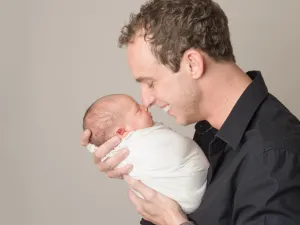
![baby reading[146]](https://www.barefootbabyboutique.com/wp-content/uploads/2023/04/baby-reading146.jpg)
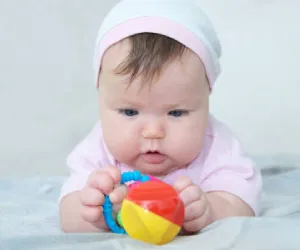


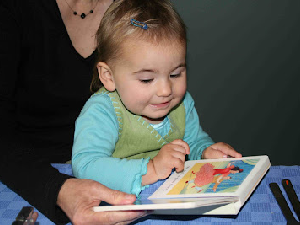

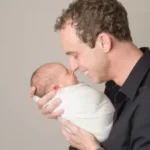
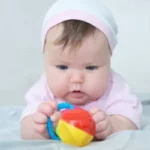
![baby reading[146]](https://www.barefootbabyboutique.com/wp-content/uploads/2023/04/baby-reading146-150x150.jpg)
